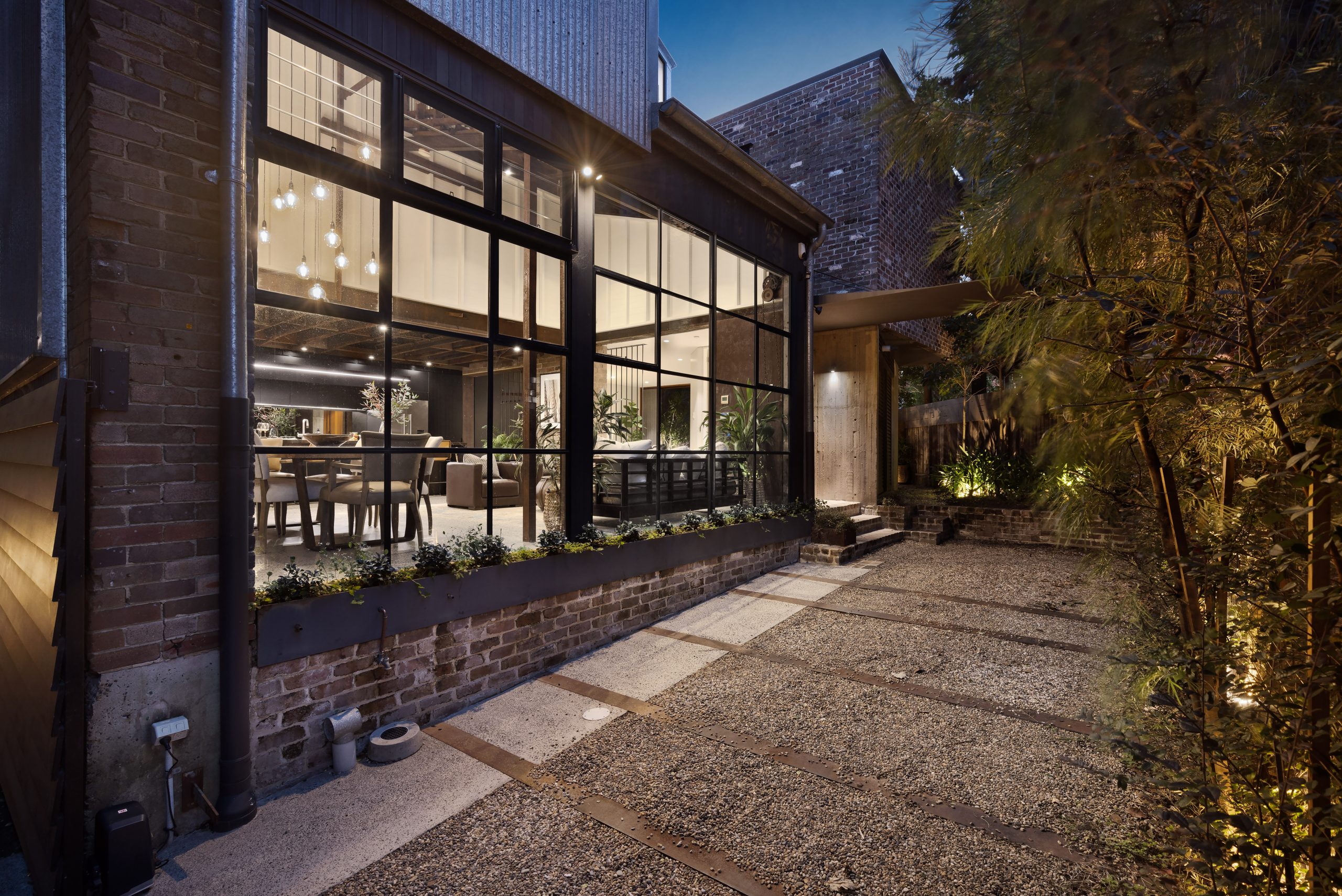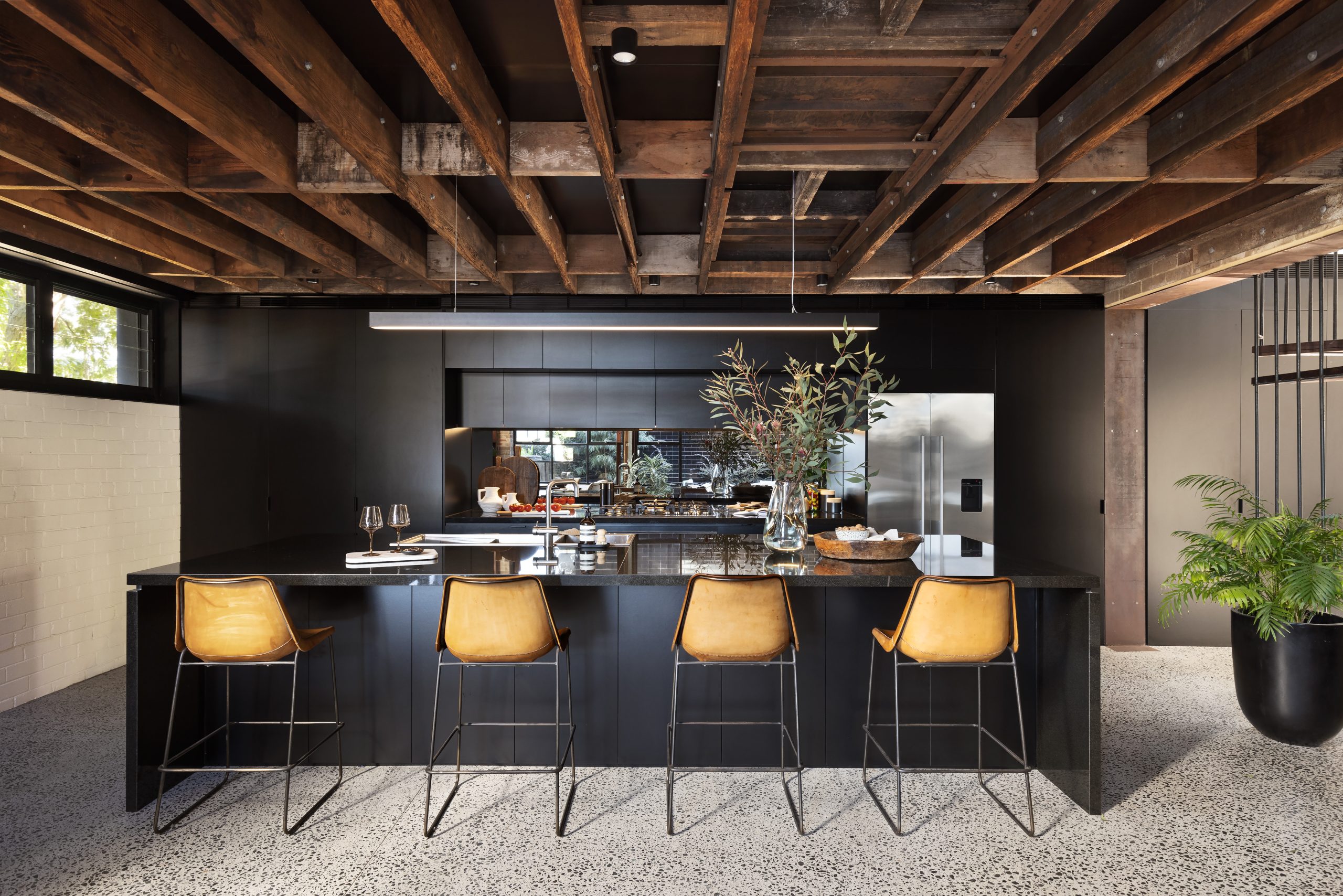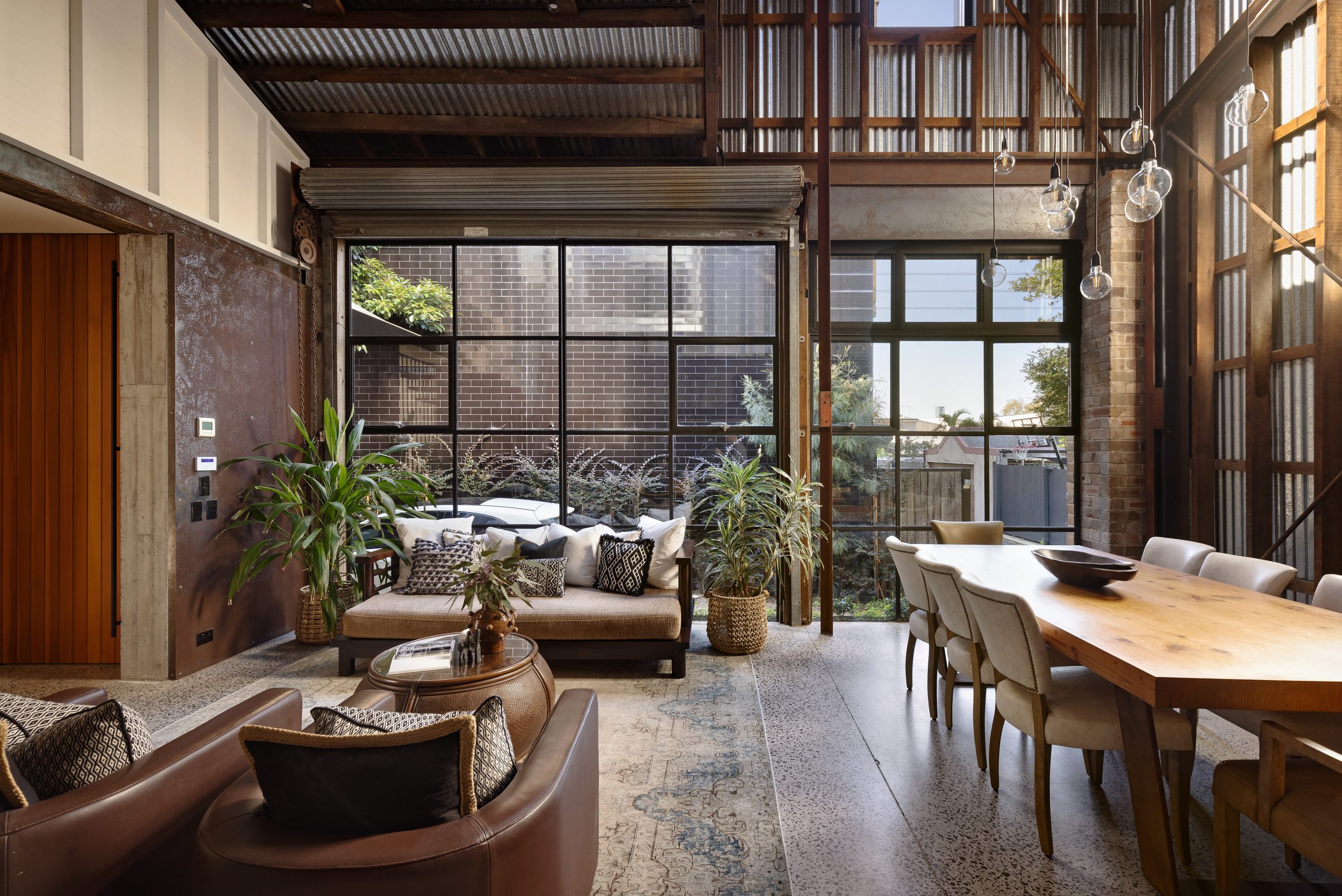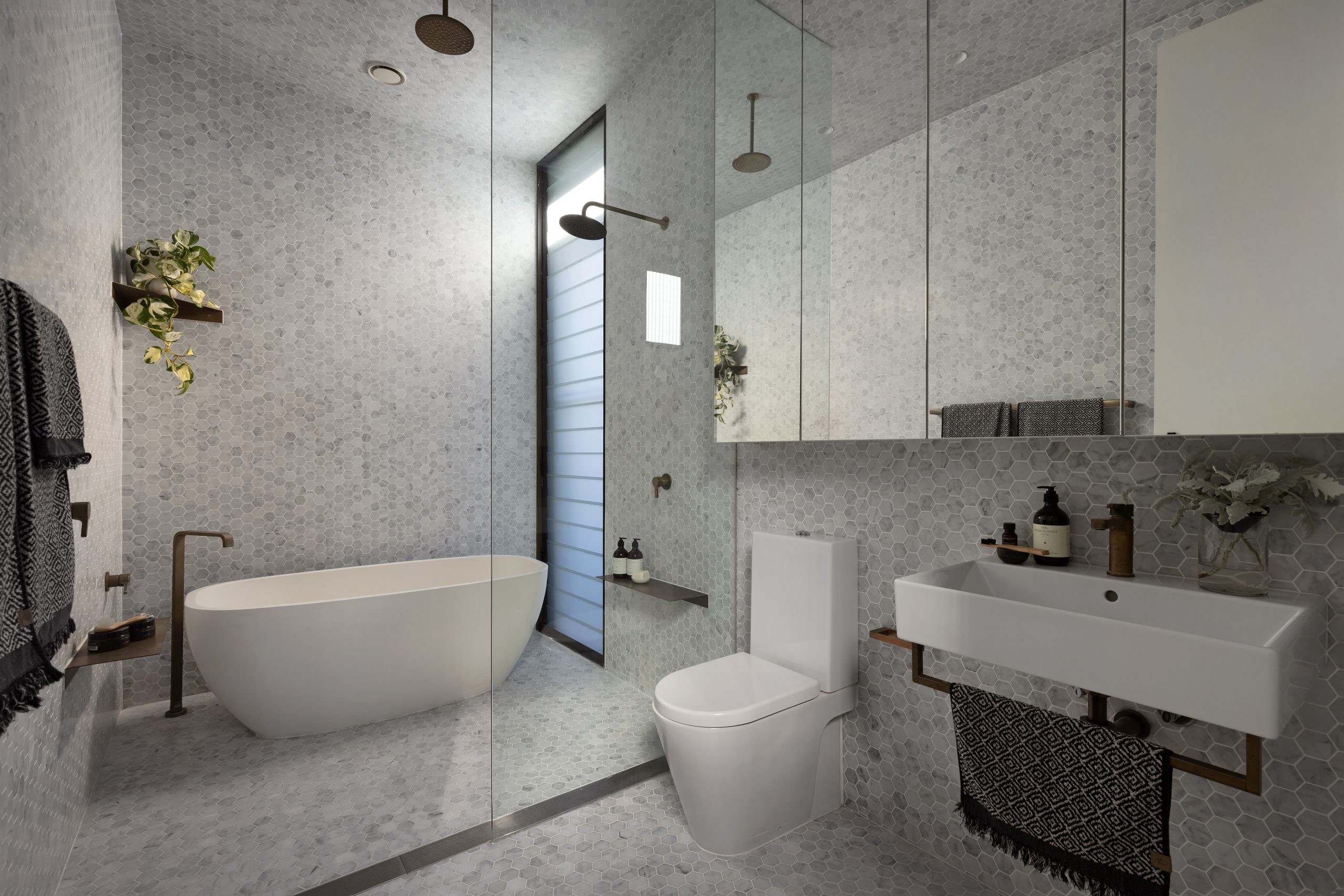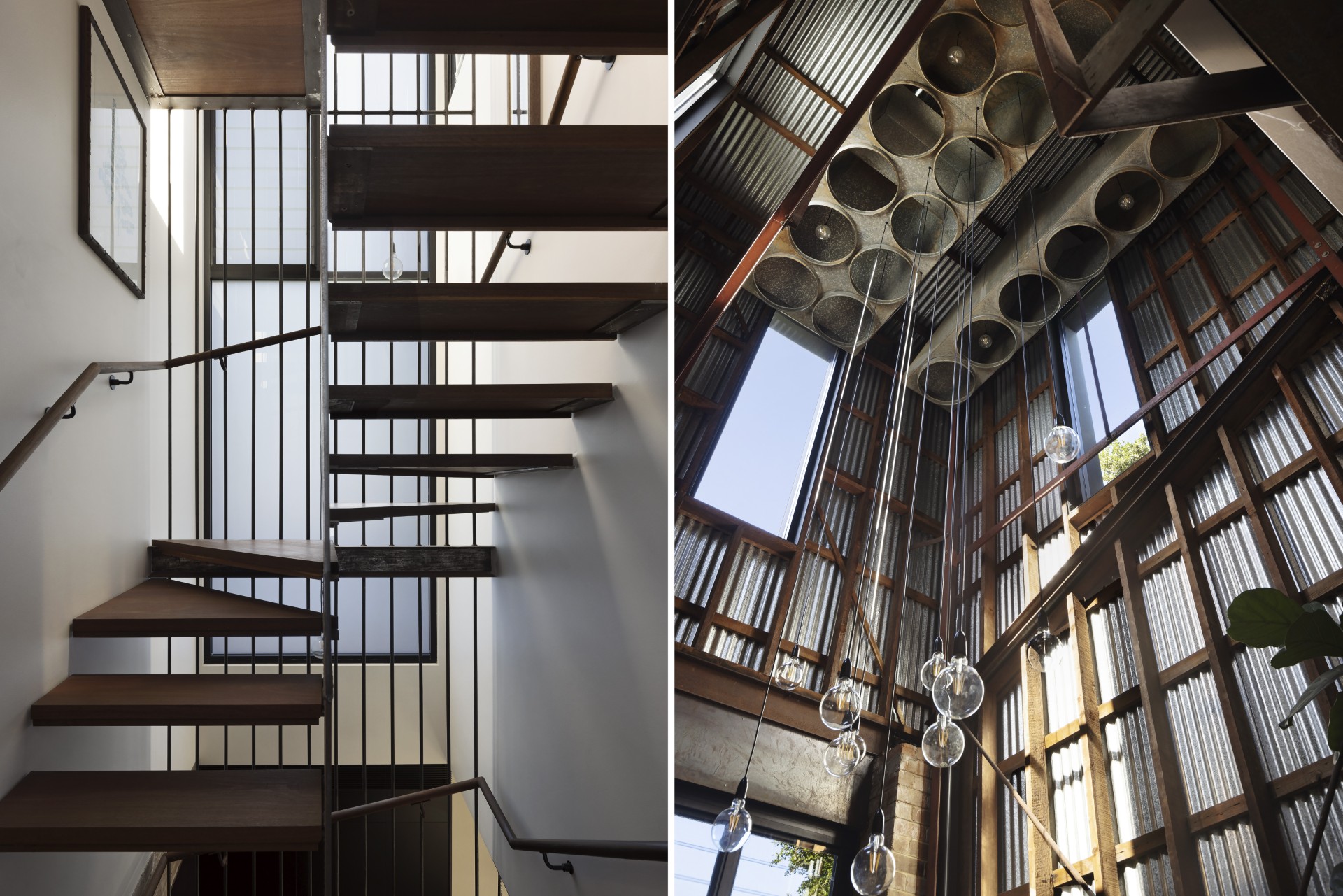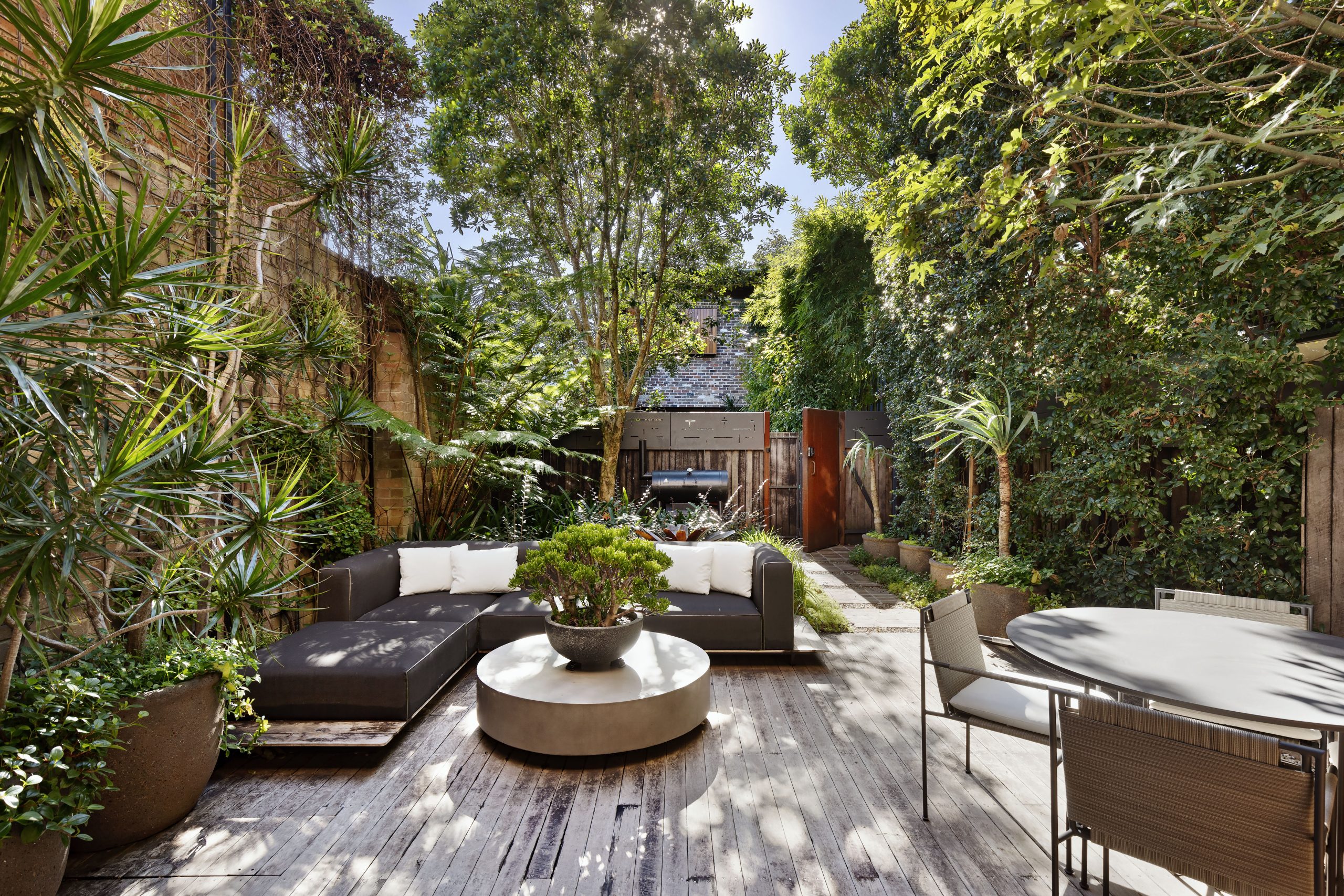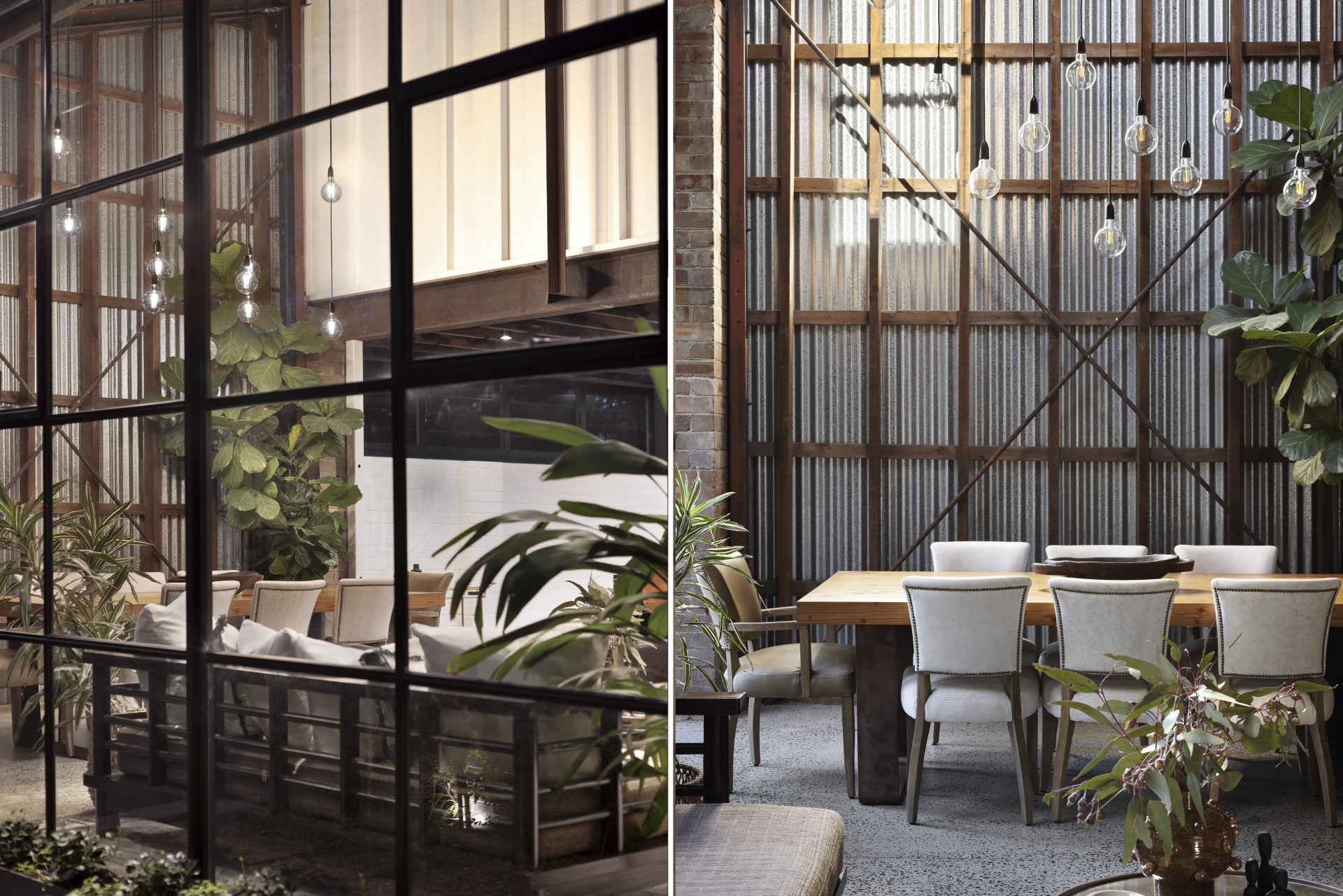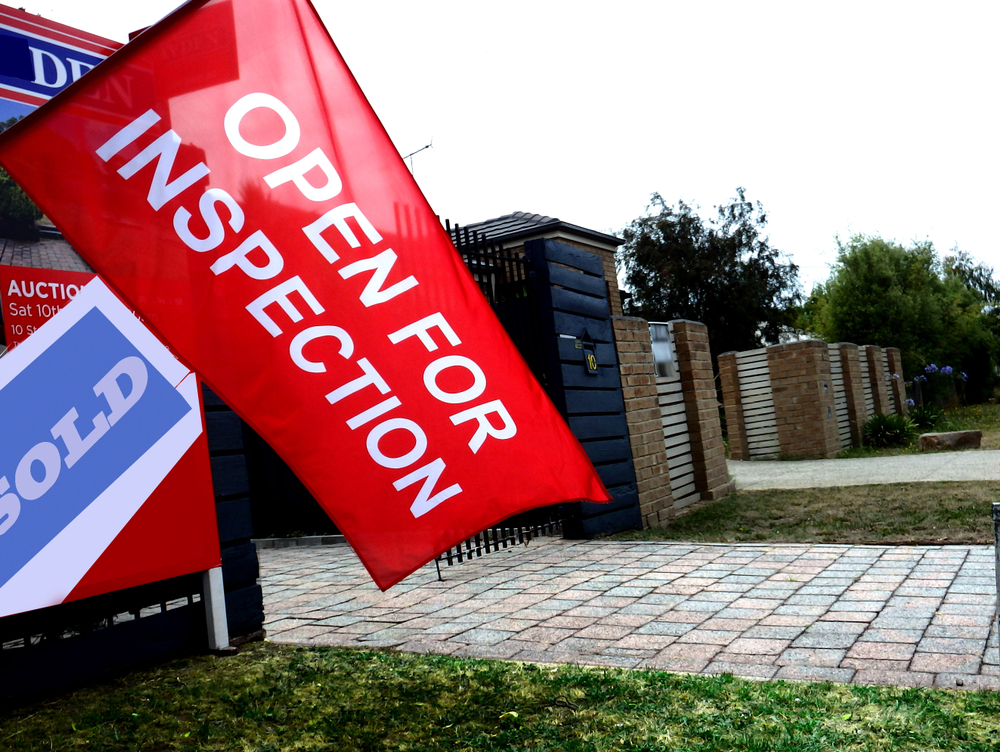Why this house stands out from the residential crowd
Balmain put industrial heritage architecture on the map. But in a suburb known for its historic homes – mainly of the compact worker’s cottage variety – The Timber Mill stands out from the residential crowd.
What was once a humble but hardworking softwood mill on Beattie St is now a remarkable reimagined home thanks to the expertise of Carter Williamson Architects. Today the rustic warehouse is a freestanding three-storey house that is simultaneously an impressive gallery space, a secret sanctuary, and an architectural feat.
Listed with Cobden & Hayson duo Matthew Hayson and Rita Lopresti, the four-bedroom period property is expected to sell for around $6 million at its July 19 auction. According to Cotality records, the last time 106a Beattie St hit the market was in 2013 when it sold for $467,400, long before its monolithic transformation.
Sitting on a 255sq m block, the reimagined Balmain home has 245sq m of internal living space plus 131sq m of outdoor entertaining area.
The Timber Mill’s facade features a unique palette of steel, timber, and original brickwork that is an homage to the address’ industrial past. Throughout the home, there are more thoughtful nods to the building’s past such as the original industrial hopper that has been repurposed as a sculptural light fitting.
Tucked behind a cobblestone entry, the custom made timber pivot door opens to reveal an exceptional warehouse conversion.
A grand triple-height atrium makes a dramatic first impression, draws in oodles of natural light, while also highlighting the abundance of textures throughout; from reclaimed ironbark and polished concrete floors, to exposed beams and Corten steel surfaces.
Centre stage, anchoring the contemporary kitchen, there is a show-stopping 4m granite island bench, along with European appliances and a seamless flow through to the casual living and dining zone. This lower floor features a separate lounge room with seamless access to a private north-facing deck and established gardens. The lower level also houses a large family-friendly laundry and powder room.
Upstairs, there are four bedrooms including the primary suite with its lush treetop outlook, a wall of wardrobes, and a luxury ensuite inspired by a Turkish bathhouse. Both bathrooms and the powder room feature RogerSeller fixtures and mosaic floor to ceiling tiles.
Modern day additions that transplant the home into the 21st Century include underfloor heating, ducted and zoned air-conditioning, as well as a security system.
There is also rear lane access to a double garage and security.
On Beattie St, close to Ann Cashman Reserve, the rare residence is close to cafes, and is a short walk to bustling Darling St, its shopping and transport.
The Timber Mill at 106a Beattie St, Balmain will go to auction on July 19 with Cobden & Hayson agents, Matthew Hayson and Rita Lopresti.
Records keep falling in 2025 as harbourfront, beachfront and blue-chip estates crowd the top of the market.
A divide has opened in the tech job market between those with artificial-intelligence skills and everyone else.
The 2026 McGrath Report warns that without urgent reforms to planning, infrastructure and construction, housing affordability will continue to slip beyond reach for most Australians.
Australia’s housing market has reached a critical juncture, with home ownership and rental affordability deteriorating to their worst levels in decades, according to the McGrath Report 2026.
The annual analysis from real estate entrepreneur John McGrath paints a sobering picture of a nation where even the “lucky country” has run out of luck — or at least, out of homes.
New borrowers are now spending half their household income servicing loans, while renters are devoting one-third of their earnings to rent.
The time needed to save a 20 per cent deposit has stretched beyond ten years, and the home price-to-income ratio has climbed to eight times. “These aren’t just statistics,” McGrath writes. “They represent real people and real pain.”
McGrath argues that the root cause of Australia’s housing crisis is not a shortage of land, but a shortage of accessibility and deliverable stock.
“Over half our population has squeezed into just three cities, creating price pressure and rising density in Sydney, Melbourne and Brisbane while vast developable land sits disconnected from essential infrastructure,” he says.
The report identifies three faltering pillars — supply, affordability and construction viability — as the drivers of instability in the current market.
Developers across the country, McGrath notes, are “unable to make the numbers work” due to labour shortages and soaring construction costs.
In many trades, shortages have doubled or tripled, and build costs have surged by more than 30 per cent, stalling thousands of projects.
Need for systemic reform
McGrath’s prescription is clear: the only real solution lies in increasing supply through systemic reform. “We need to streamline development processes, reduce approval timeframes and provide better infrastructure to free up the options and provide more choice for everyone on where they live,” he says.
The 2026 edition of the report also points to promising trends in policy and innovation. Across several states, governments are prioritising higher-density development near transport hubs and repurposing government-owned land with existing infrastructure.
Build-to-rent models are expanding, and planning reforms are gaining traction. McGrath notes that while these steps are encouraging, they must be accelerated and supported by new construction methods if Australia is to meet demand.
One of the report’s key opportunities lies in prefabrication and modular design. “Prefabricated homes can be completed in 10–12 weeks compared to 18 months for a traditional house, saving time and money for everyone involved,” McGrath says.
The report suggests that modular and 3D-printed housing could play a significant role in addressing shortages while setting a new global benchmark for speed, cost and quality in residential construction.
Intelligent homes
In a section titled Weathering the Future: The Power of Smart Design, the report emphasises that sustainable and intelligent home design is no longer aspirational but essential.
It highlights new technologies that reduce energy use, improve thermal efficiency, and make homes more resilient to climate risks.
“There’s no reason why Australia shouldn’t be a world leader in innovative design and construction — and many reasons why we should be,” McGrath writes.
Despite the challenges, the tone of the 2026 McGrath Report is one of cautious optimism. Demand is expected to stabilise at around 175,000 households per year from 2026, and construction cost growth is finally slowing. Governments are also showing a greater willingness to reform outdated planning frameworks.
McGrath concludes that the path forward requires bold decisions and collaboration between all levels of government and industry.
“Australia has the land, demand and capability,” he says. “What we need now is the will to implement supply-focused solutions that address root causes rather than symptoms.”
“Only then,” he adds, “can we turn the dream of home ownership back into something more than a dream.”
In the remote waters of Indonesia’s Anambas Islands, Bawah Reserve is redefining what it means to blend barefoot luxury with environmental stewardship.
An opulent Ryde home, packed with cinema, pool, sauna and more, is hitting the auction block with a $1 reserve.









